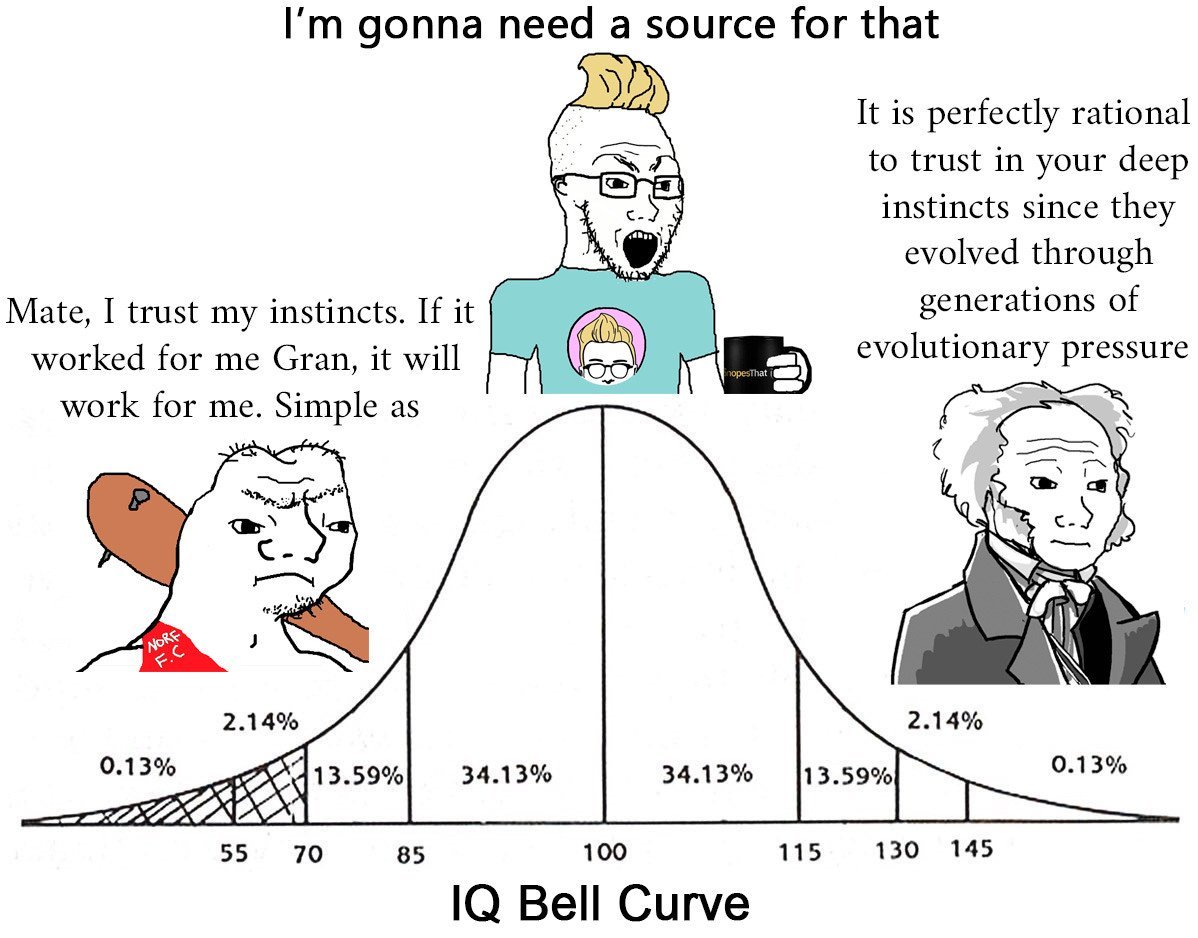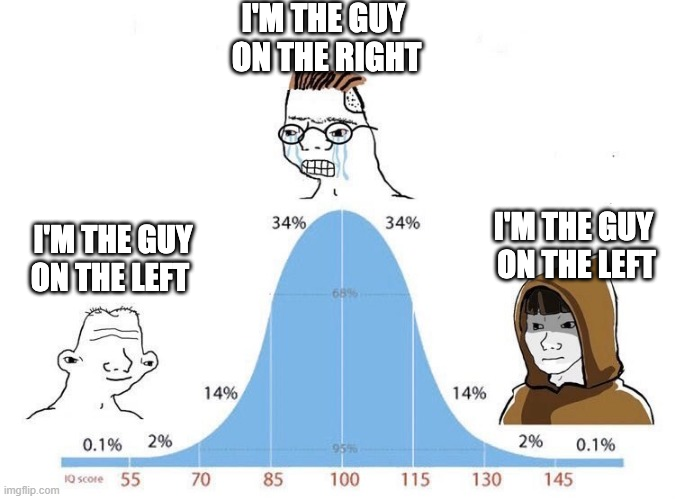The Midwit Razor:
If in doubt, ask yourself...
"What simple idea would the idiot and the genius agree upon?"
If in doubt, ask yourself...
"What simple idea would the idiot and the genius agree upon?"
• • •
Missing some Tweet in this thread? You can try to
force a refresh

 Read on Twitter
Read on Twitter





























